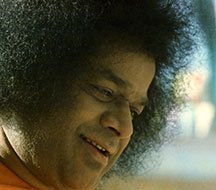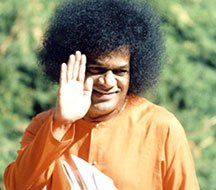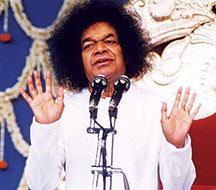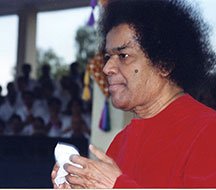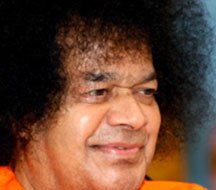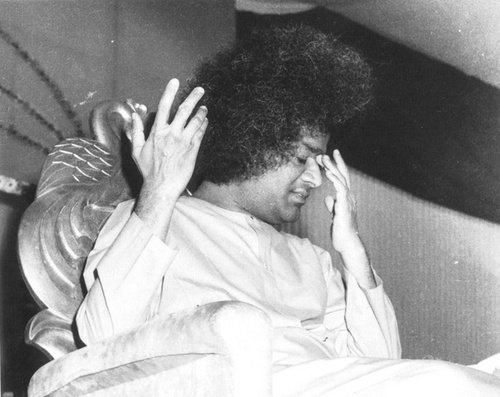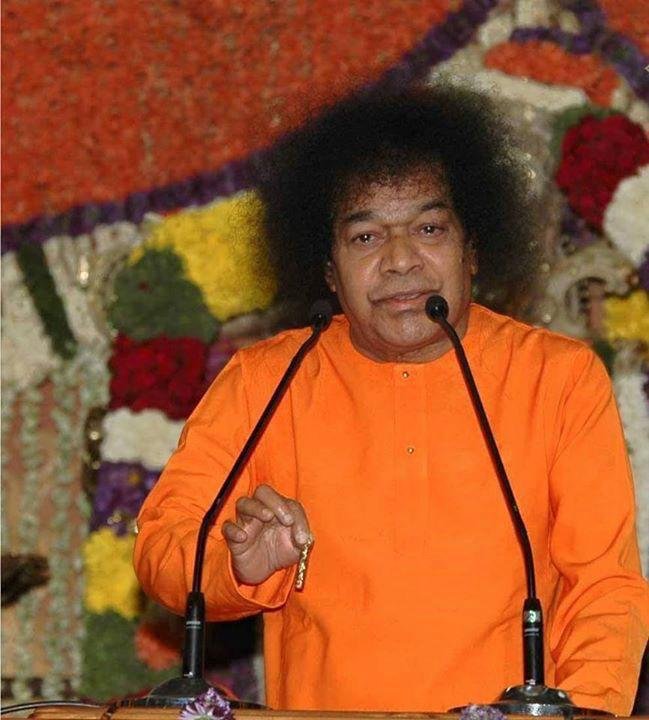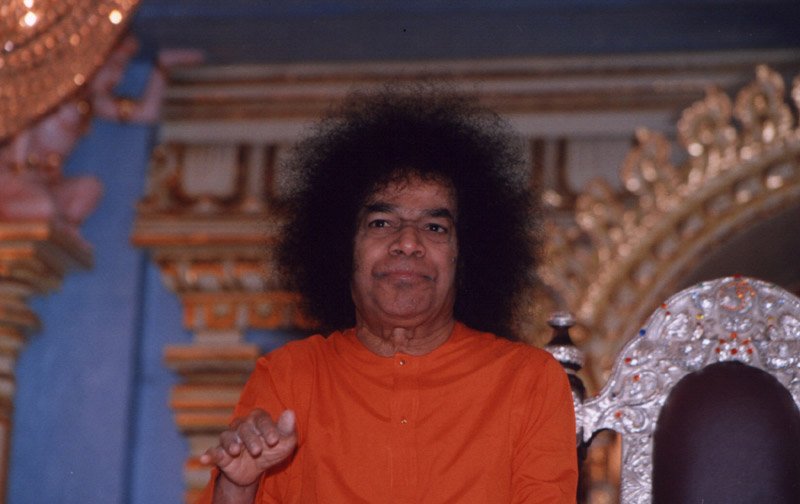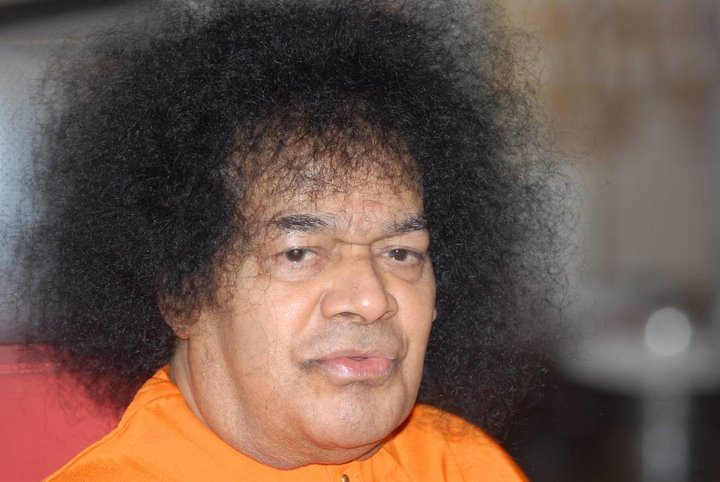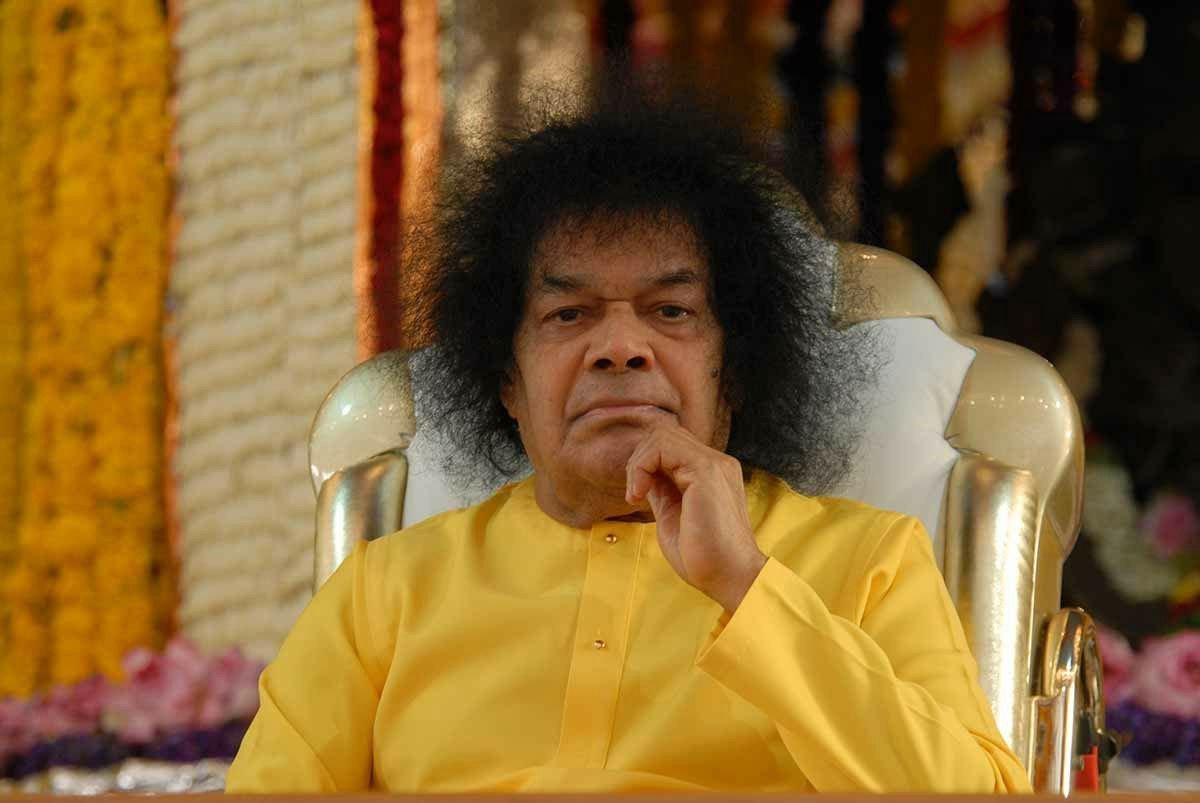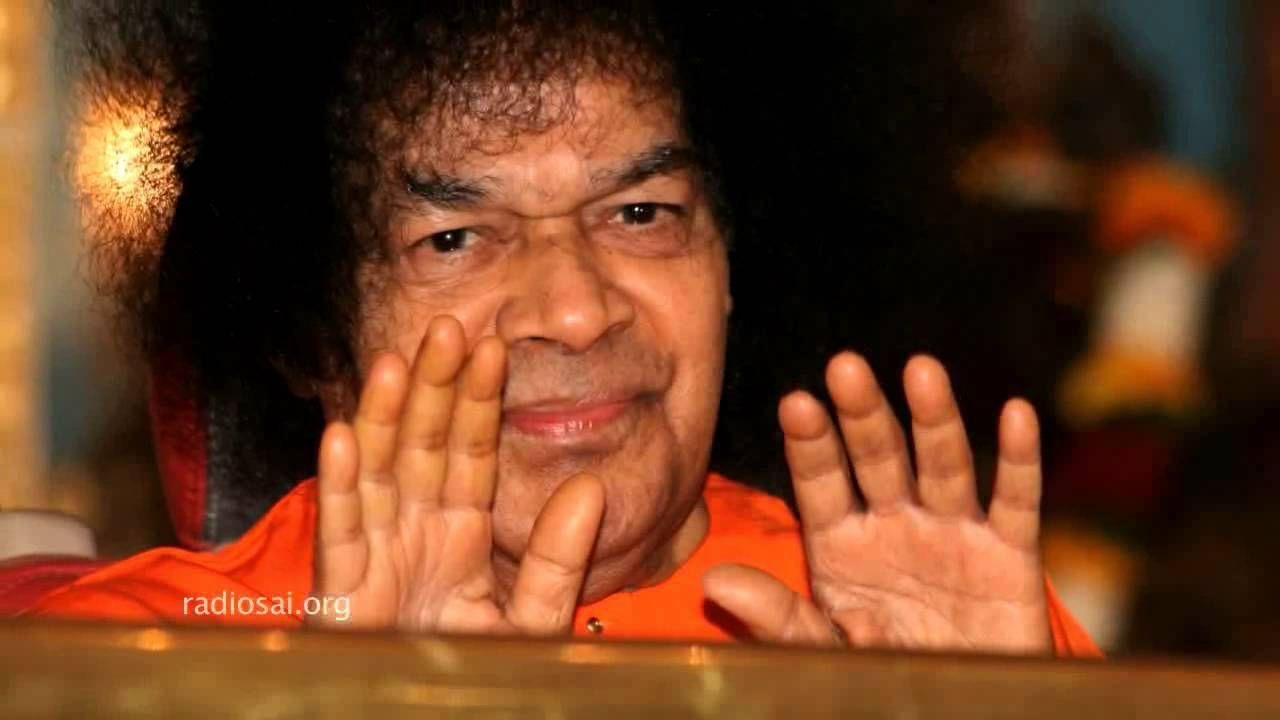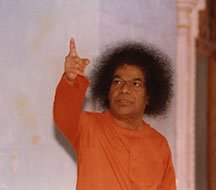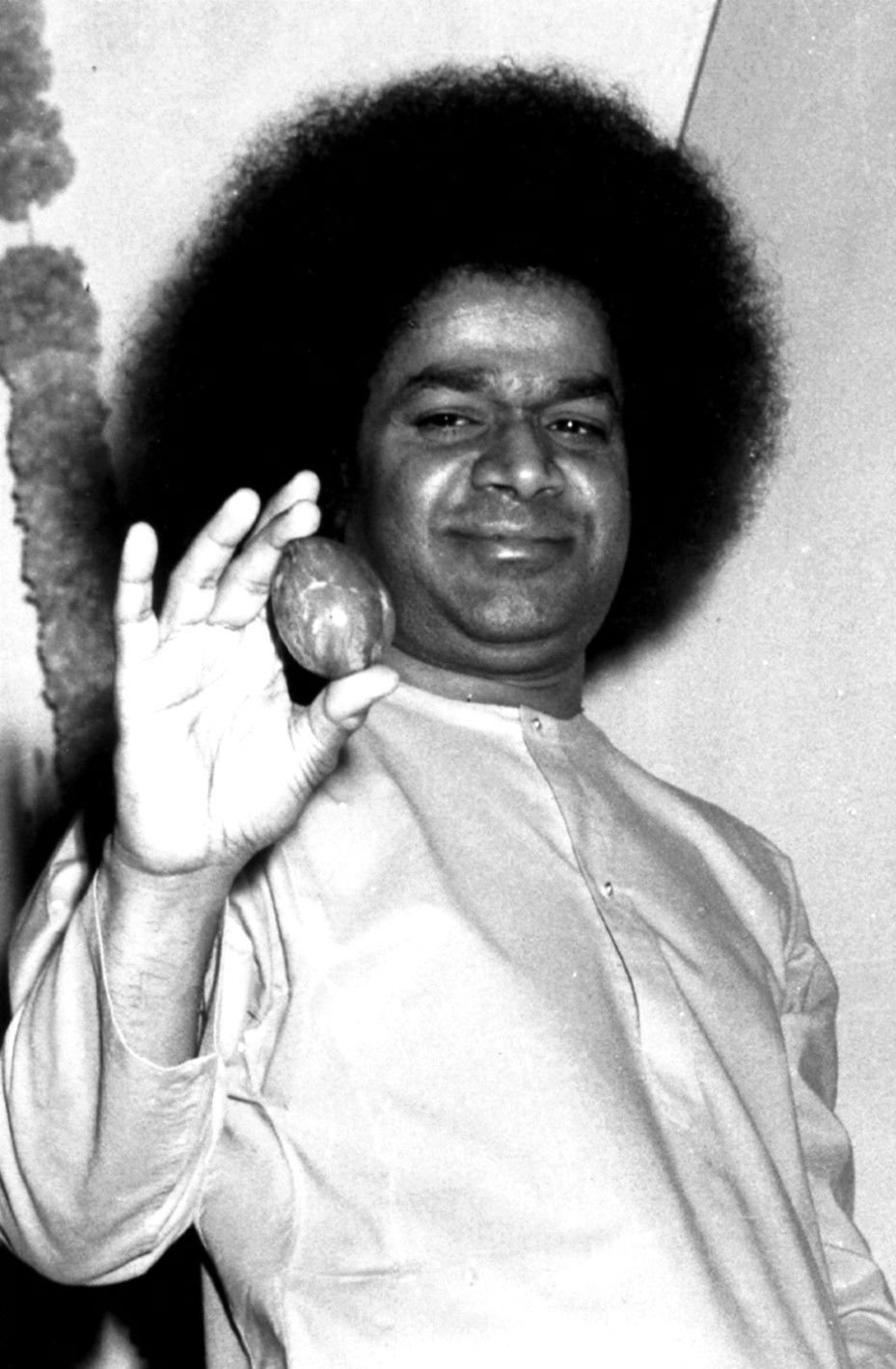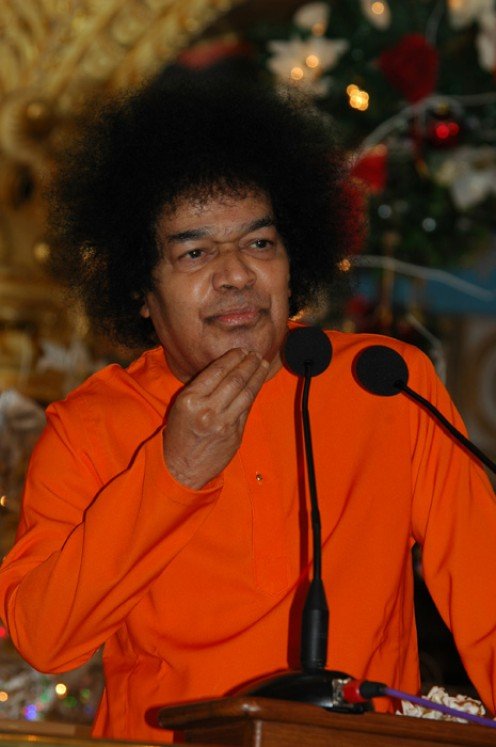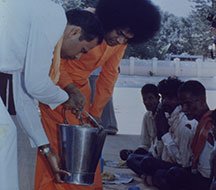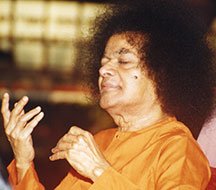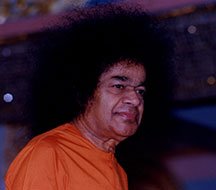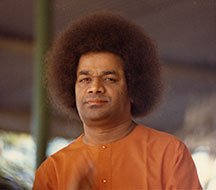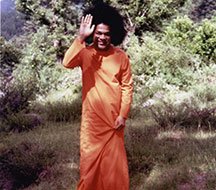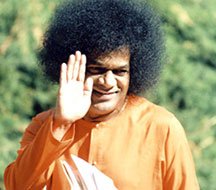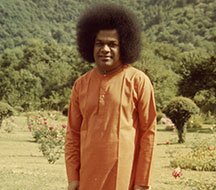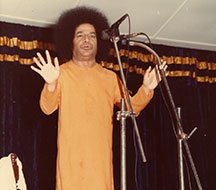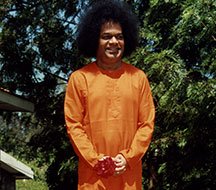Shiva Purana

The Śiva Purāṇa: History and Context
The Śiva Purāṇa is one of the eighteen Mahāpurāṇas and a foundational scripture of the Śaiva tradition. As its name indicates, it is devoted to Śiva, presenting him as the supreme deity, the source and end of all creation. Like other Purāṇas, it combines mythology, theology, ritual, cosmology, and philosophy, but its distinctive feature is its wholehearted focus on glorifying Śiva and promoting devotion (bhakti) to him.
Date and Composition
The Śiva Purāṇa is a composite text, compiled and expanded over several centuries. Its earliest core may date to around the 4th–6th centuries CE, though most scholars believe the majority of its present form took shape between the 9th and 12th centuries CE. Later redactions likely occurred into the medieval period (14th–15th centuries).
Traditionally, the text is said to have contained 100,000 verses in twelve saṃhitās (sections), but the extant Śiva Purāṇa is much shorter, with about 24,000 verses. The surviving version is divided into seven books (saṃhitās): Vidyeśvara, Rudra, Śatarudra, Kotirudra, Uma, Kailāsa, and Vāyavīya, though some manuscripts show variation.
Structure and Content
The Śiva Purāṇa is presented in the form of dialogues between sages, deities, and sometimes Śiva himself. Its main themes include:
- Cosmology and Creation
- The origin of the universe from Śiva as the supreme principle.
- Cycles of creation (sṛṣṭi) and dissolution (pralaya), with Śiva as both immanent and transcendent.
- Mythological Narratives
- Stories of Śiva’s various forms and deeds, including his marriage to Pārvatī, the birth of Kārttikeya and Gaṇeśa, and his battles with demons.
- The tale of Śiva drinking the poison (hālāhala) during the cosmic churning of the ocean.
- The destruction of Dakṣa’s sacrifice and other episodes showing Śiva’s cosmic authority.
- Theology of Śiva
- Glorification of Śiva as Mahādeva, the supreme Brahman beyond form, but also worshipped in multiple manifestations.
- The significance of the liṅga as a symbol of infinite cosmic energy.
- Rituals and Devotion
- Detailed instructions on liṅga installation, temple worship, sacred mantras, and festivals like Mahaśivarātri.
- Emphasis on Śaiva bhakti, describing the merits of chanting Śiva’s names, fasting, and performing vows.
- Philosophy and Ethics
- Integration of Śaiva ideas with Vedānta and Yoga.
- Ethical teachings for householders, ascetics, and rulers.
- Paths of knowledge (jñāna), action (karma), and devotion (bhakti), with bhakti exalted as the highest.
Religious Orientation
The Śiva Purāṇa is strongly sectarian in favor of Śiva, but like many Purāṇas, it acknowledges the roles of Vishnu, Brahmā, and Devi. Vishnu is often honored but ultimately subordinated to Śiva. This reflects the theological rivalry and reconciliation between Śaiva and Vaiṣṇava traditions in medieval India.
Cultural and Historical Significance
The Śiva Purāṇa played a major role in shaping Śaiva religious practice. It legitimized and codified the worship of Śiva through the liṅga, temple rituals, and festivals. It also helped spread Śaiva bhakti across India, influencing temple architecture, sculpture, and regional devotional literature.
Its narratives inspired poets, saints, and artists. Iconic episodes like the cosmic dance (tāṇḍava), Śiva as Ardhanārīśvara (half-male, half-female), and the destruction of Kāma (the god of love) became central themes in Indian art and literature.
Historical Influence
Among the Purāṇas, the Śiva Purāṇa is one of the most influential in establishing Śaivism as a major pan-Indian tradition. Its theology, rituals, and myths contributed to the rise of large Śaiva temple complexes and to devotional movements that flourished in medieval South India, Kashmir, and elsewhere.
The text demonstrates how Purāṇas served as religious encyclopedias, blending philosophy, ritual, and myth to create a comprehensive guide for worship and spiritual life centered on Śiva.

